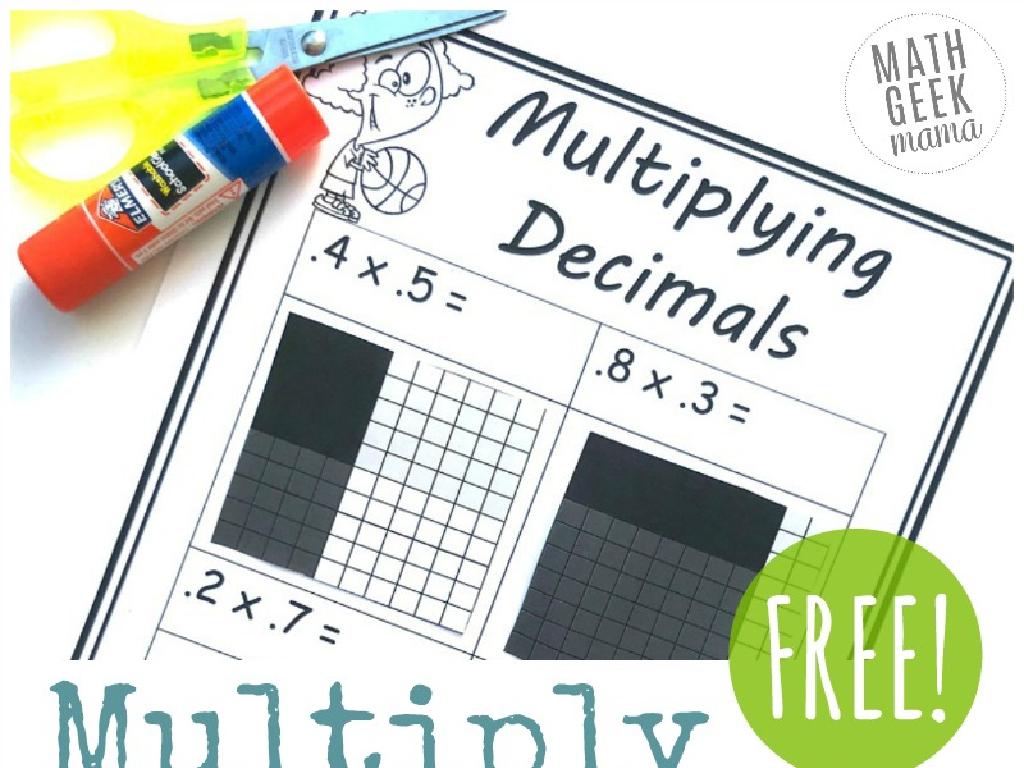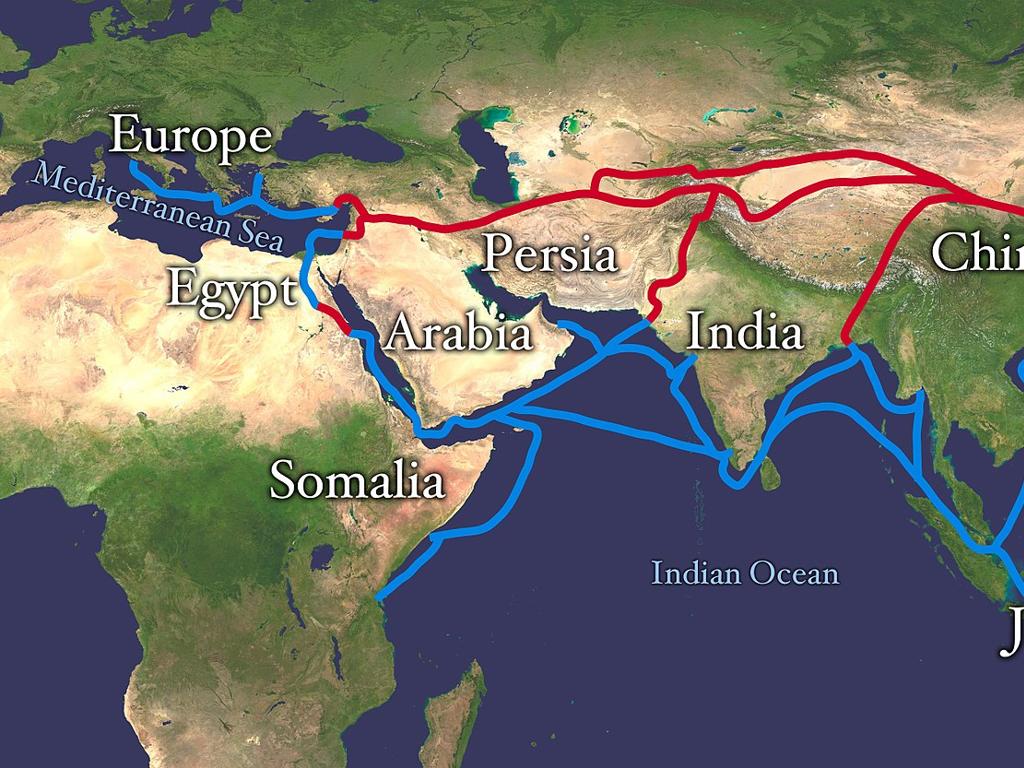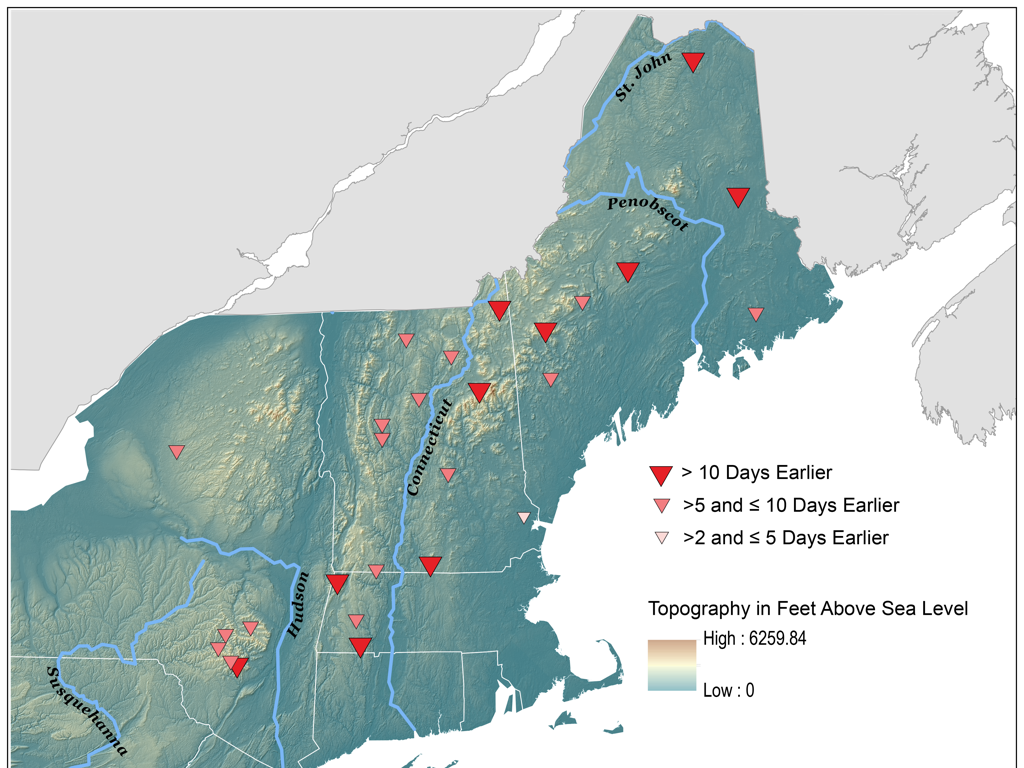Identify Countries Of Europe: Review
Subject: Social studies
Grade: Seventh grade
Topic: Europe: Geography
Please LOG IN to download the presentation. Access is available to registered users only.
View More Content
Exploring the Countries of Europe
– Overview of Europe’s geography
– Europe is a diverse continent with various landscapes and climates.
– Europe’s influence globally
– Europe has a significant impact on global politics, economy, and culture.
– Recap: continents and Europe’s place
– Understand the seven continents and Europe’s location among them.
– Activity: Identifying European countries
– Use a map to locate and name European countries.
|
This slide is aimed at reviewing the geography of Europe and its global significance. Start by discussing the physical geography of Europe, including its mountains, rivers, and climate zones. Highlight Europe’s role in world affairs, touching on its economic, cultural, and political influence. Recap the concept of continents learned in previous classes, and help students place Europe in the global context. Conclude with an interactive activity where students will use a map of Europe to identify and name different countries, reinforcing their geographical knowledge. This activity will help students visually connect with the material and better retain the information.
The Importance of European Geography
– Geography: Earth’s landscapes & environments
– Significance of studying Europe’s geography
– Understanding Europe helps in global awareness & historical context
– Geography’s impact on European culture
– Cultural diversity shaped by mountains, rivers, & climate
– Influence on economy & politics
– Borders & natural resources affect trade, relations, & governance
|
This slide introduces the concept of geography and its specific importance in the context of Europe. Begin with a definition of geography, emphasizing the study of Earth’s landscapes, environments, and the relationships between people and their environments. Highlight why European geography is crucial for students to understand, including its role in global events, history, and cultural development. Discuss how Europe’s diverse geography has shaped its varied cultures, influenced economic practices, and affected political boundaries and relationships. Encourage students to think about how the physical layout of a place can impact the lives of those who live there, using Europe as a key example.
Exploring the Countries of Europe
– Total number of European countries
– Europe consists of 44 sovereign states.
– Match countries with their capitals
– Each country has a unique capital; for example, France – Paris.
– Recognize European Union members
– The EU is a political union of 27 member countries within Europe.
– Understanding Europe’s geography
|
This slide aims to review the geography of Europe by identifying each of the 44 countries and their capitals. Emphasize the diversity and cultural significance of each nation. Highlight the European Union members to discuss the concept of political and economic unions. Use a map to help students visually locate each country. Encourage students to remember key countries and capitals, perhaps by associating them with historical events or cultural elements. Discuss the geographical layout of Europe, including the various regions and how they are interconnected.
Physical Features of Europe
– Europe’s major mountain ranges
– Alps, Carpathians, Pyrenees shape climate, culture, and trade
– Key rivers across the continent
– Danube, Rhine, Volga support transport, trade, and ecosystems
– Significance of these features
– They define borders, support biodiversity, and influence history
|
This slide aims to review the major physical features of Europe, focusing on its mountain ranges and rivers. The Alps, Carpathians, and Pyrenees not only create stunning landscapes but also influence the climate, cultures, and economic activities such as trade and tourism. Rivers like the Danube, Rhine, and Volga are crucial for transportation, serve as natural borders, and support diverse ecosystems. Discuss how these features have played a role in historical events, demarcation of political boundaries, and the development of civilizations. Encourage students to think about how these physical features affect the lives of Europeans today and their own experiences if they have visited or learned about these places.
Cultural Diversity in Europe
– Europe’s linguistic variety
– Home to many languages and ethnicities
– Festivals showcasing traditions
– Celebrations like Oktoberfest, La Tomatina
– European art and science impact
– Pioneers like Da Vinci, Curie shaped our world
– Literary contributions
– Writers such as Shakespeare, Cervantes enriched literature
|
This slide aims to highlight the rich cultural diversity within Europe, emphasizing the variety of languages spoken and the array of ethnic groups present. Discuss the significance of festivals and how they reflect the traditions and values of different European cultures. Explore how Europe has been a cradle for influential artists and scientists, contributing significantly to global heritage in art and science. Lastly, delve into the literary masterpieces that have come out of Europe, shaping the world’s literature. Encourage students to research more on these topics and perhaps share any European heritage or experiences they may have.
Map Labeling Activity: Exploring Europe
– Receive a blank map of Europe
– Label countries and capitals
– Find and write the name of each European country and its capital city
– Mark important physical features
– Include mountains, rivers, and other landforms we’ve learned about
– Engage with Europe’s geography
|
This class activity is designed to reinforce the students’ knowledge of European geography through a hands-on map labeling exercise. Each student will be provided with a blank map of Europe. They are tasked with labeling all the countries and their respective capitals, as well as marking significant physical features such as mountain ranges, rivers, and seas that we have discussed in previous lessons. This activity will help students to better visualize and memorize the geographical layout of Europe. For the teacher: Prepare blank maps in advance and ensure there are enough for each student. Consider having a completed map on display for reference. Allow students to work individually or in pairs to foster collaboration. After the activity, have a discussion to reflect on the exercise and clarify any misconceptions. Possible variations of the activity could include focusing on specific regions, historical events related to the geography, or comparing physical and political maps.
Reviewing European Geography
– Share your maps with peers
– Discuss findings and challenges
– Did you discover anything unexpected? Any difficulties in locating countries?
– Engage in a Q&A session
– Ask questions about countries, capitals, and landmarks
– Reflect on the geography of Europe
– Think about the diverse landscapes and how they shape life in Europe
|
This slide is meant to facilitate a review session where students will engage with each other by sharing the maps they’ve created. It’s an opportunity for them to discuss any new insights or difficulties they encountered while learning about European geography. The Q&A session should encourage curiosity and clarification of concepts. As a teacher, guide the discussion to cover various geographical features of Europe, such as mountain ranges, rivers, and urban centers, and how these features influence cultural and political boundaries. Encourage students to think critically about how geography impacts the lives of people living in different parts of Europe.
Homework: Explore a European Country
– Research a European country
– Include geography and culture
– Cover physical features, climate, and major cities
– Find one interesting fact
– Share traditions, language, food, or holidays
– Present your findings next week
– Could be a historical event, famous person, or unique custom
|
This homework assignment is designed to deepen students’ understanding of Europe’s diverse geography and rich cultural tapestry. Students should select a country in Europe and gather information about its physical geography, including landforms, climate, and important cities. Additionally, they should research cultural aspects such as language, cuisine, holidays, and traditions. Encourage them to look for a unique or lesser-known fact that makes the country stand out. This could be related to history, a notable figure, or an interesting tradition. Presentations will help students practice their research and public speaking skills. Provide resources such as library books, reputable websites, and database access to aid their research. Remind students of the due date and offer support in preparing their presentations.






